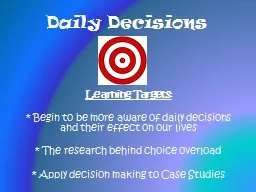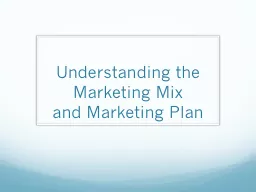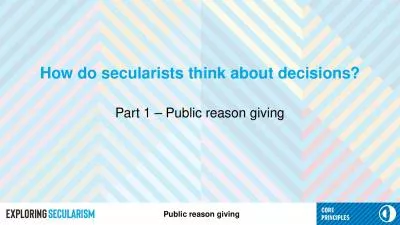PPT-Part 4 Product Decisions
Author : ellena-manuel | Published Date : 2018-09-19
MARKETING 17e Hult Pride Ferrell 2014 Cengage Learning All Rights Reserved This edition is intended for use outside of the US only with content that may be different
Presentation Embed Code
Download Presentation
Download Presentation The PPT/PDF document "Part 4 Product Decisions" is the property of its rightful owner. Permission is granted to download and print the materials on this website for personal, non-commercial use only, and to display it on your personal computer provided you do not modify the materials and that you retain all copyright notices contained in the materials. By downloading content from our website, you accept the terms of this agreement.
Part 4 Product Decisions: Transcript
Download Rules Of Document
"Part 4 Product Decisions"The content belongs to its owner. You may download and print it for personal use, without modification, and keep all copyright notices. By downloading, you agree to these terms.
Related Documents














